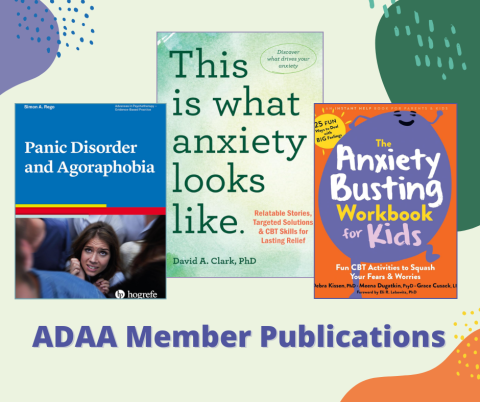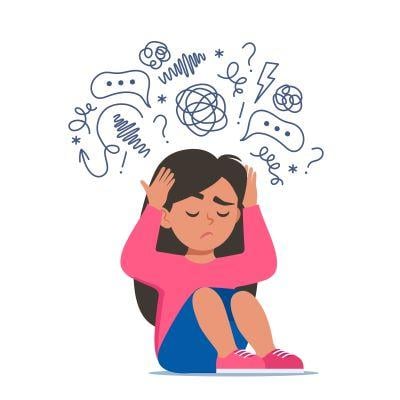Mindful Meditation Works for Everyone
Mindful Meditation Works for Everyone

Most people know about the benefits of meditation, from reduced anxiety to increased well-being, but they’re afraid to try it or they tried it once and felt they didn’t succeed. What they don’t realize is that you can’t really get it wrong and that practice improves outcomes.
Mindful meditation simply means closing your eyes, breathing deeply into your belly, and noticing your bodily sensations, for example tingling, aching and warmth. It means taking a break from your monkey mind by initially focusing on your physical feelings instead of your thoughts and emotions. Turning down your overactive mind does take practice, yet everyone can do it with modest effort and repetition.
Even in-patient therapeutic clients benefit from as little as 10 minutes of focused awareness to switch off their emotional world as I learned when I led meditation in such small groups. As clients closed their eyes, I guided them to imagine the sound of ocean waves, the feel of sand on their feet and the taste of salt in the air. As they breathed deeply, I led them to conjure the salty smell of the sea and the warmth of the sun. Most clients said they benefitted from it and joined me for later sessions.
Directions for meditation abound on the internet and smartphone aps but, even without them, it’s easy to meditate by yourself, with a co-worker, a partner or even in group meditation settings. Wear loose clothing, turn off the light, close the door, sit in a comfortable chair and close your eyes. Then breathe slowly and deeply into your belly, concentrating on your breathing, without ever holding your breath.
After you are used to that rhythm, start noticing other aspects of your body and surroundings, a clock ticking or a bird singing; notice the light patterns on the back of your eyelids. Feel the weight of your hands resting on your knees or lap. Embrace that little ache, feel your fingers and release the tension in your jaw. After a time, you relax and may feel as if a weight is lifted. It’s that simple.
Many of us exercise 3-4 times a week, paying hefty gym fees, in the hopes that we will feel and look good. This takes hours, whereas meditation only takes 5-20 minutes without going anywhere besides your home or office. As with exercise, the more you do the greater the benefit; the results of mindful meditation are cumulative.
It’s never too early, or too late!, to start Mindful Meditation. We all need to escape the drama of our lives that sometimes feel like an emotional roller coaster or a dramatic movie. Mindful Meditation is a luxury we can all afford.




















